Environmentally Friendly Choices for your Garden Design
If you're thinking of re-designing your garden or an area of it, it is well worth taking some time to consider how your choices will affect the natural environment. Here is your opportunity to positively impact local wildlife and bio-diversity!
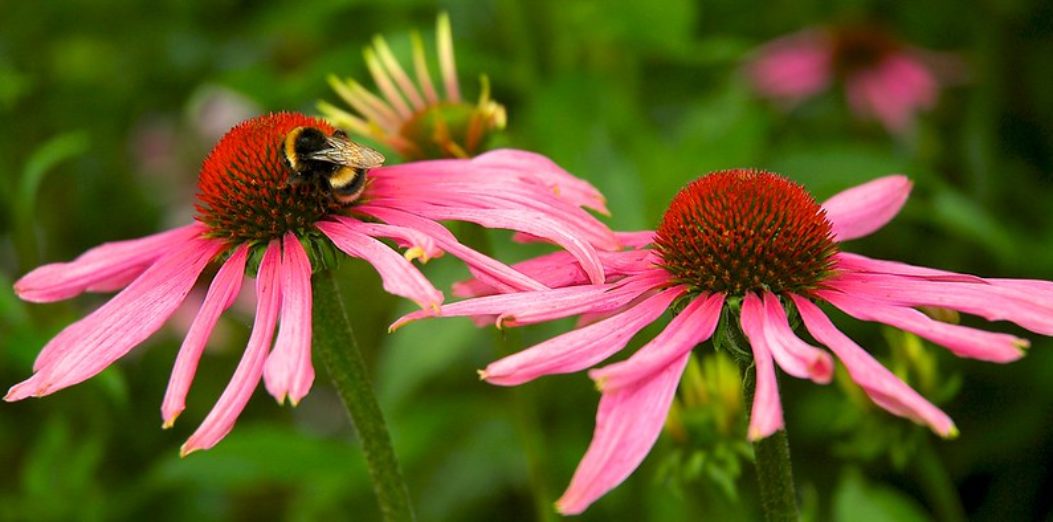
Protecting and improving our environment has become a huge topic in recent years. Many of us are becoming increasingly aware of how our everyday choices can make a difference to the world around us. Creating a garden gives us the perfect opportunity to contribute to protecting the natural world.
Whilst environmentally friendly gardens may have a bit of a reputation for being wild, untamed jungles teeming with wildflowers and insects, you may be surprised to hear that even the slickest contemporary garden designs can make a positive contribution.
Here’s how with six environmentally friendly choices…
1. Permeable surfaces
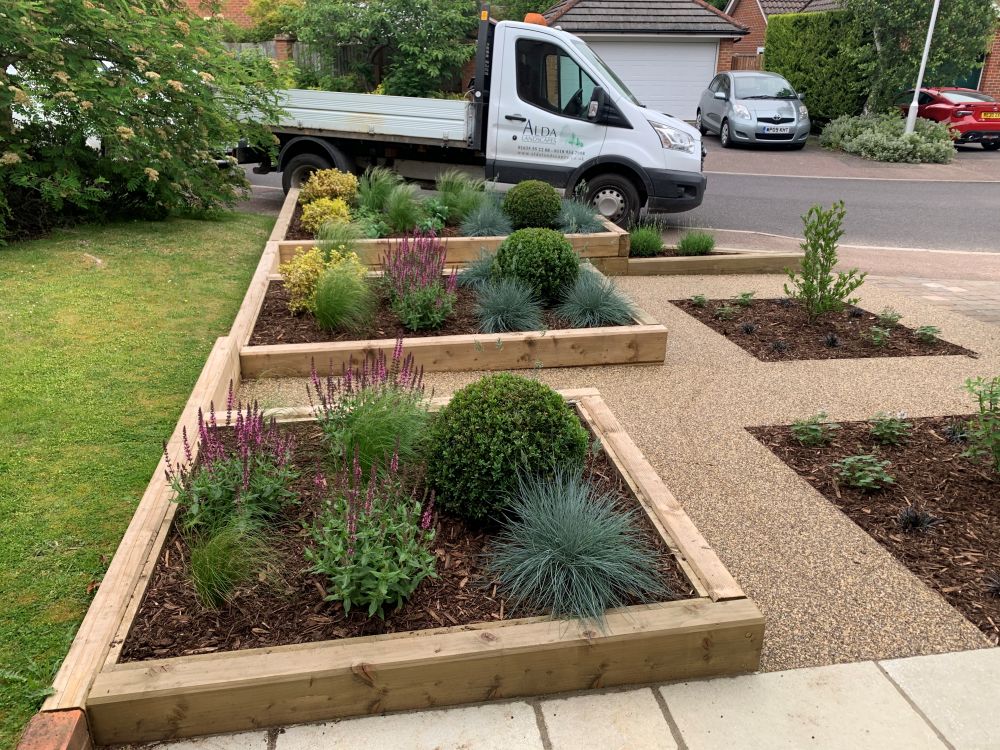
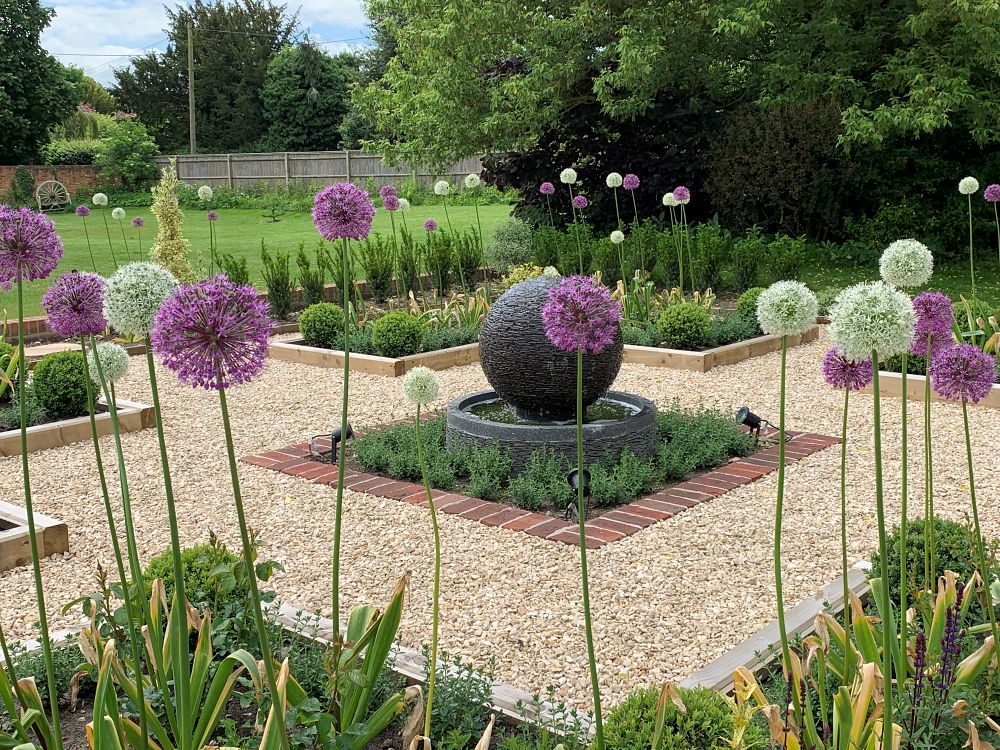
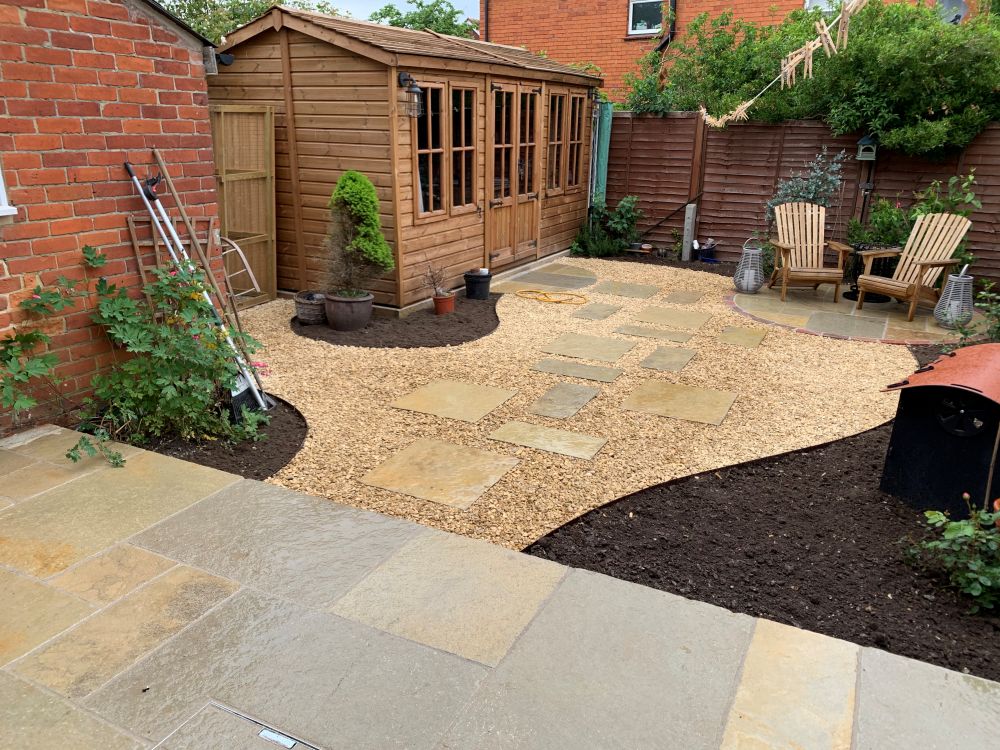
Let’s start with hard landscaping. Whilst we all need areas in our gardens for hard landscaping – maybe a patio for seating, or a driveway for parking – our choice of material here, can have a positive or negative effect. Large areas of non-permeable paving increase water run off and contribute to localised flooding, but by simply choosing permeable surfaces, water can drain through the ground naturally.
- You could use traditional gravel, resin bound gravel or simply break up a paved path into stepping stones with a permeable surface in between – any of these choices would work.
- As well as having an environmental benefit, a change in material adds textural interest and can visually break up hard materials within a design.
- Resin bound gravel seen in the photo above-left is an eco-friendly, SuDS (Sustainable Urban Drainage Systems) compliant product – being porous, it allows water to drain naturally through the surface. It is sourced from natural stone from quarries throughout the UK and Europe. You can read more about resin bound gravel in an earlier blog here.
2. Conserve water and choose drought tolerant plants
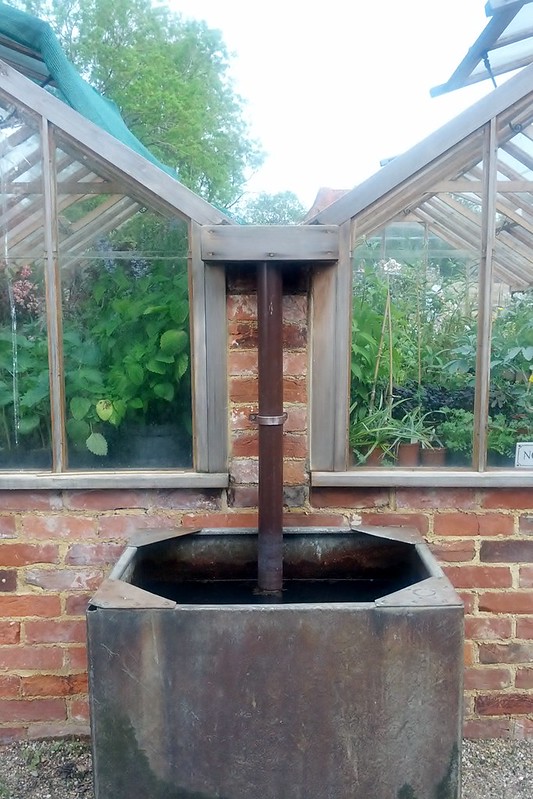
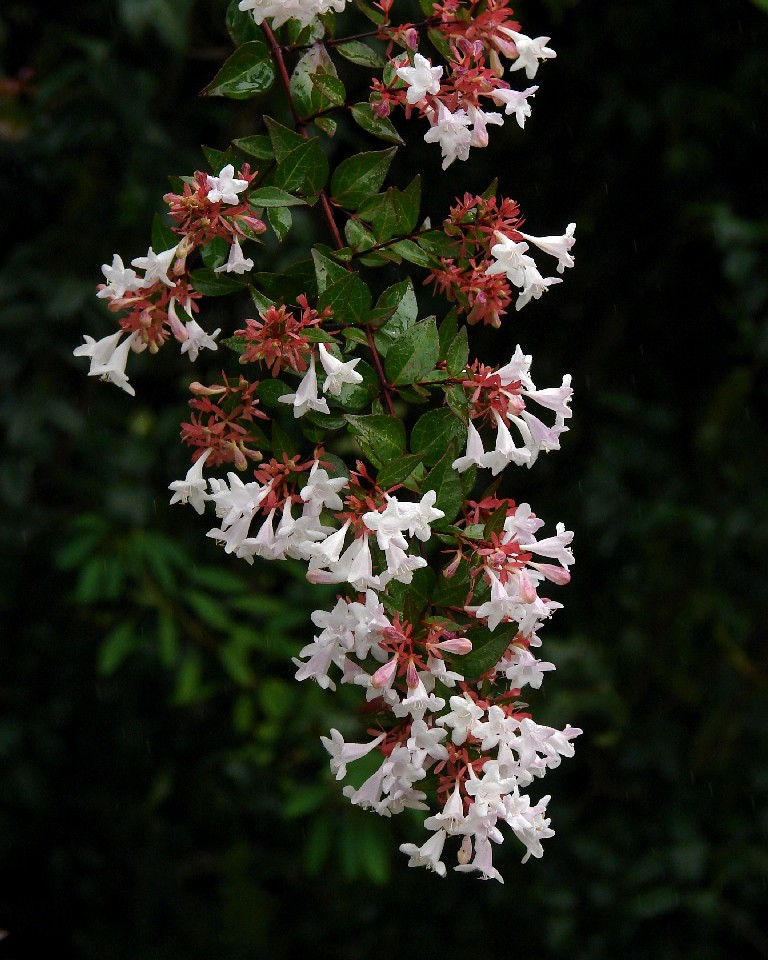
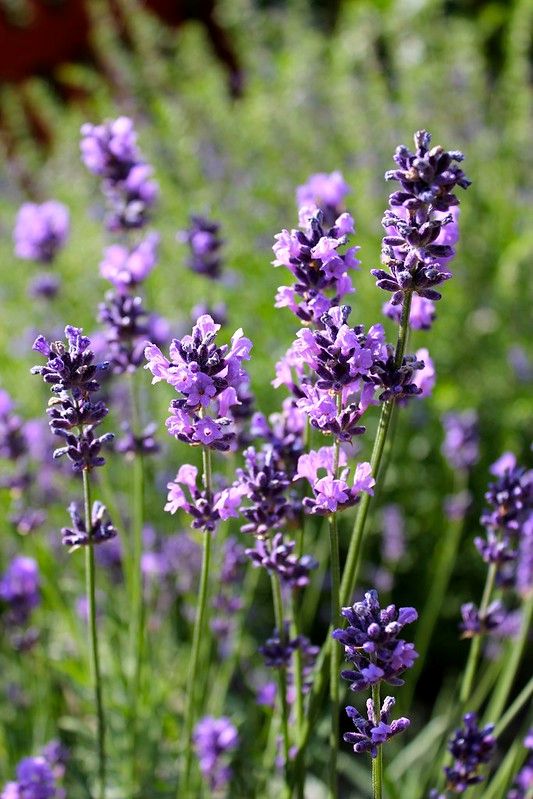
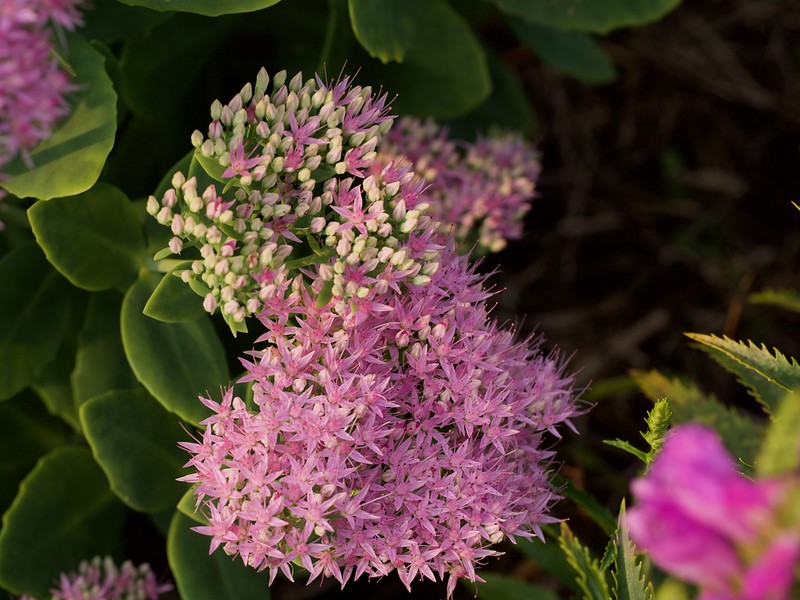
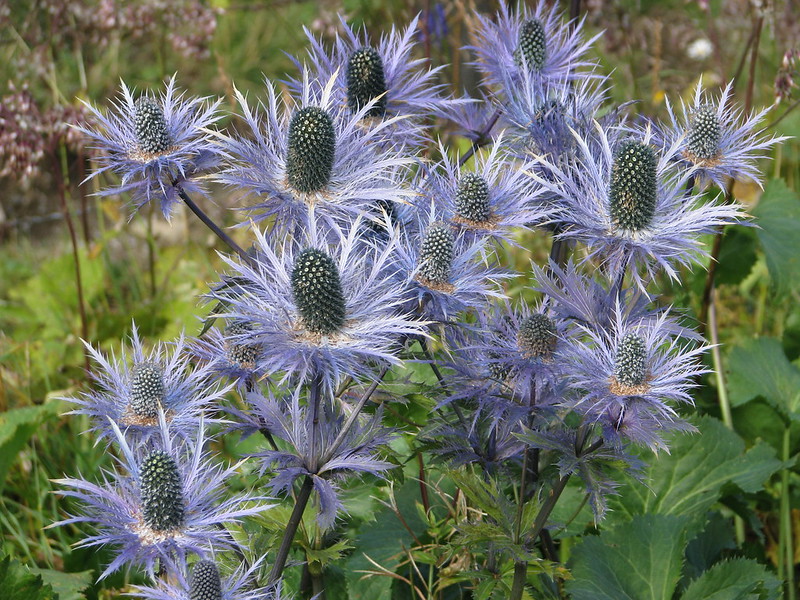
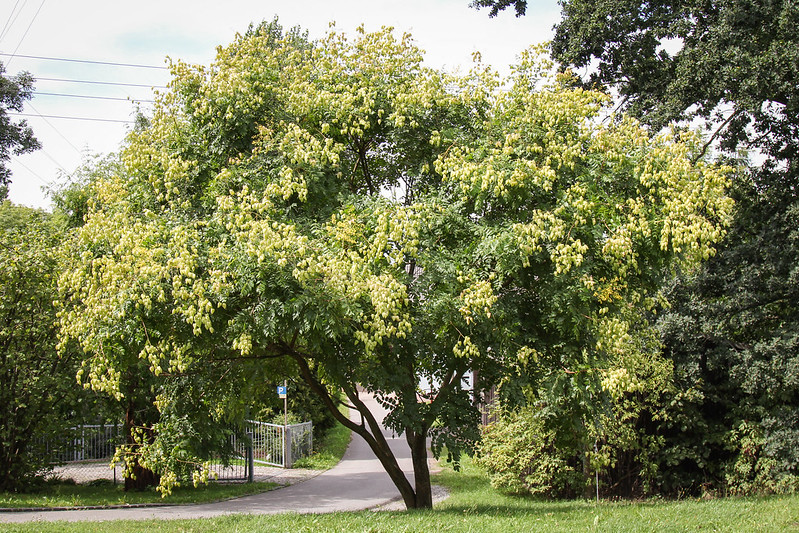
The extremes in weather are now giving us very wet winters, but also very dry summers. This means water conservation is more important than ever. Here are three easy ways to conserve water:
- Install a water butt. Water butts on downpipes are the easiest way to collect rain water. With a wide range of sizes and shapes now available they can be incorporated into any sized garden.
- Reduce your water use by installing automated irrigation.
- By choosing from a wide variety of drought tolerant plants, you will reduce your water use (as well as your time spent watering!) Above, are some examples of drought tolerant plants. If you’re looking for more ideas, a comprehensive list of drought resistant plants to get can be found on the RHS website here.
3. Grow your own food and create your own compost
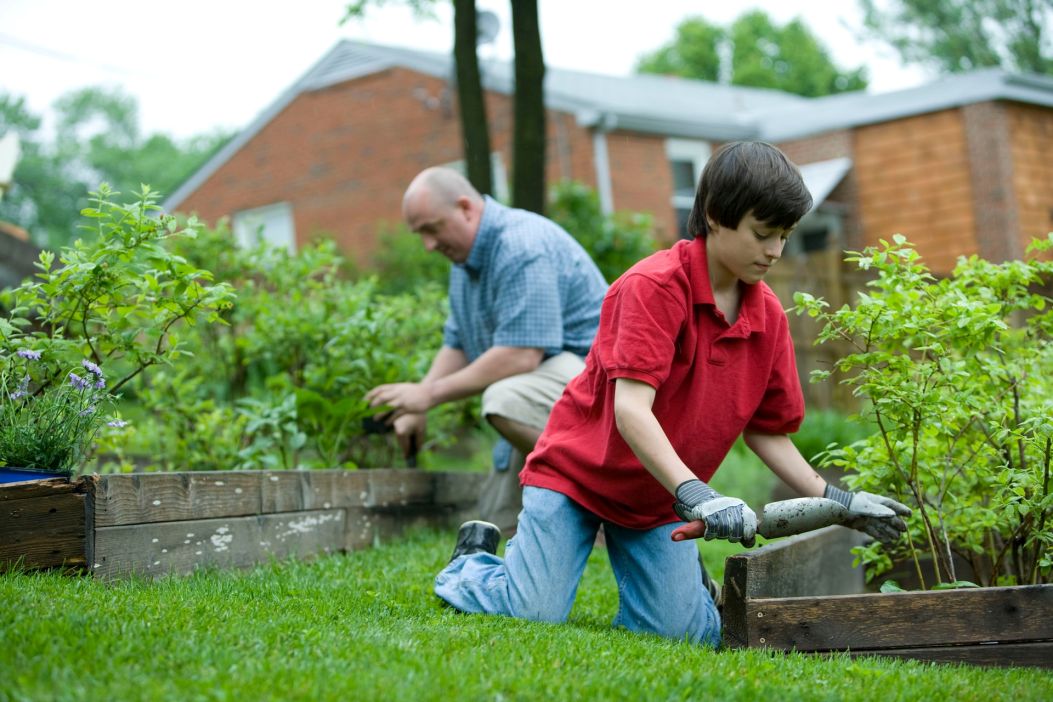
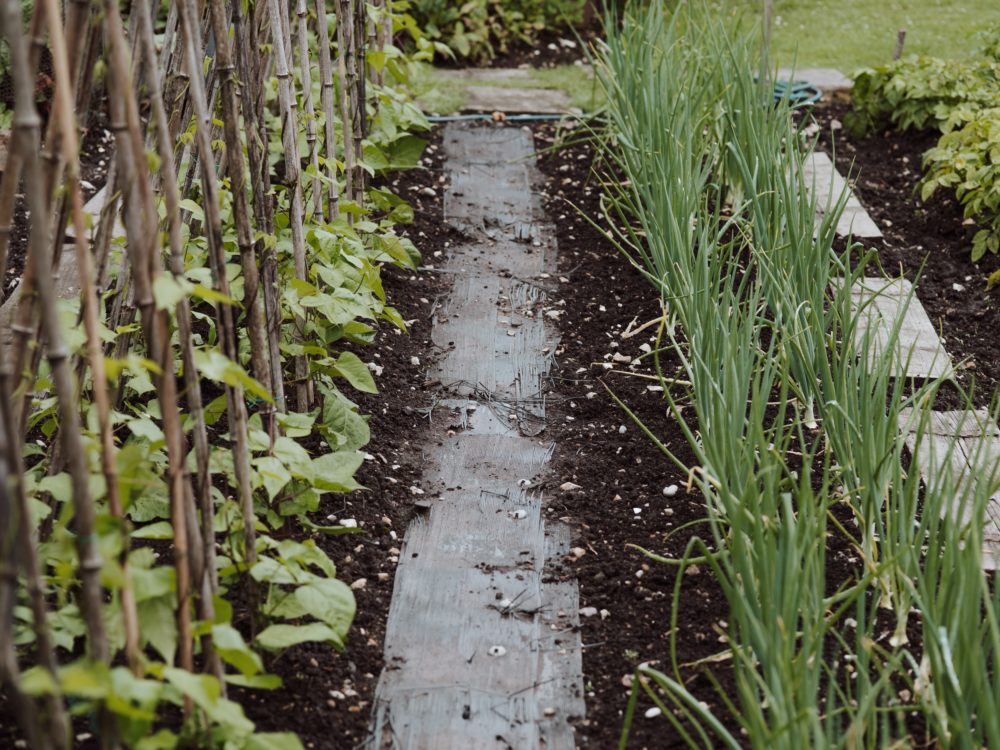
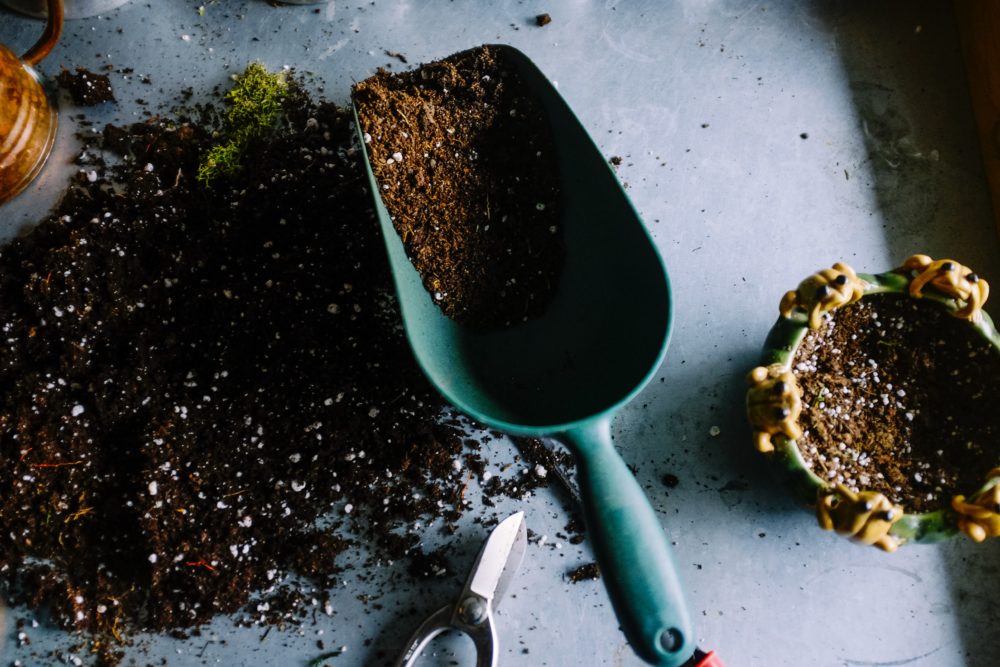
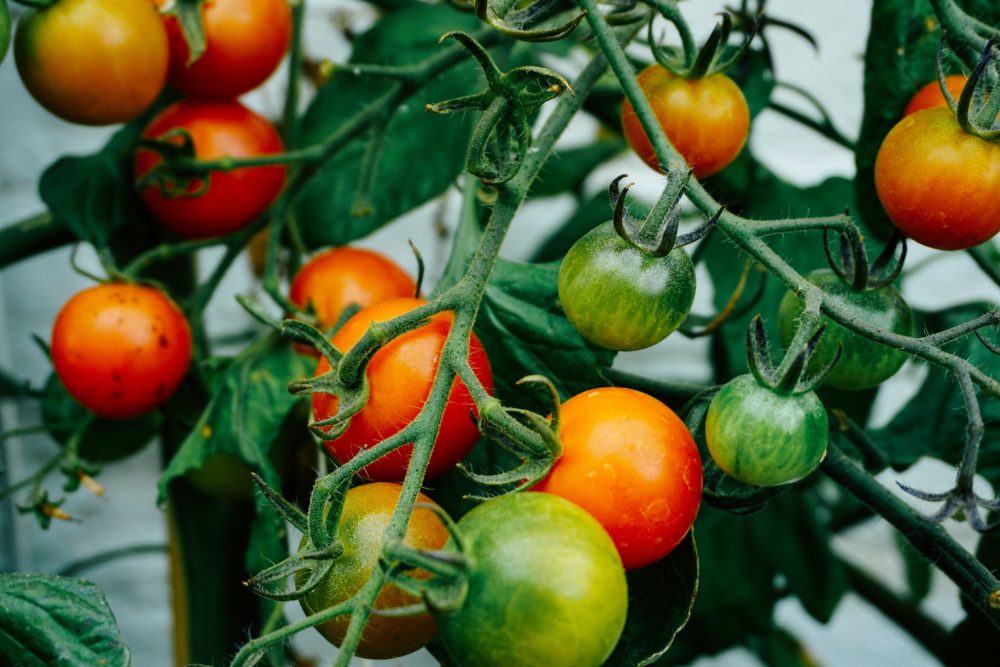
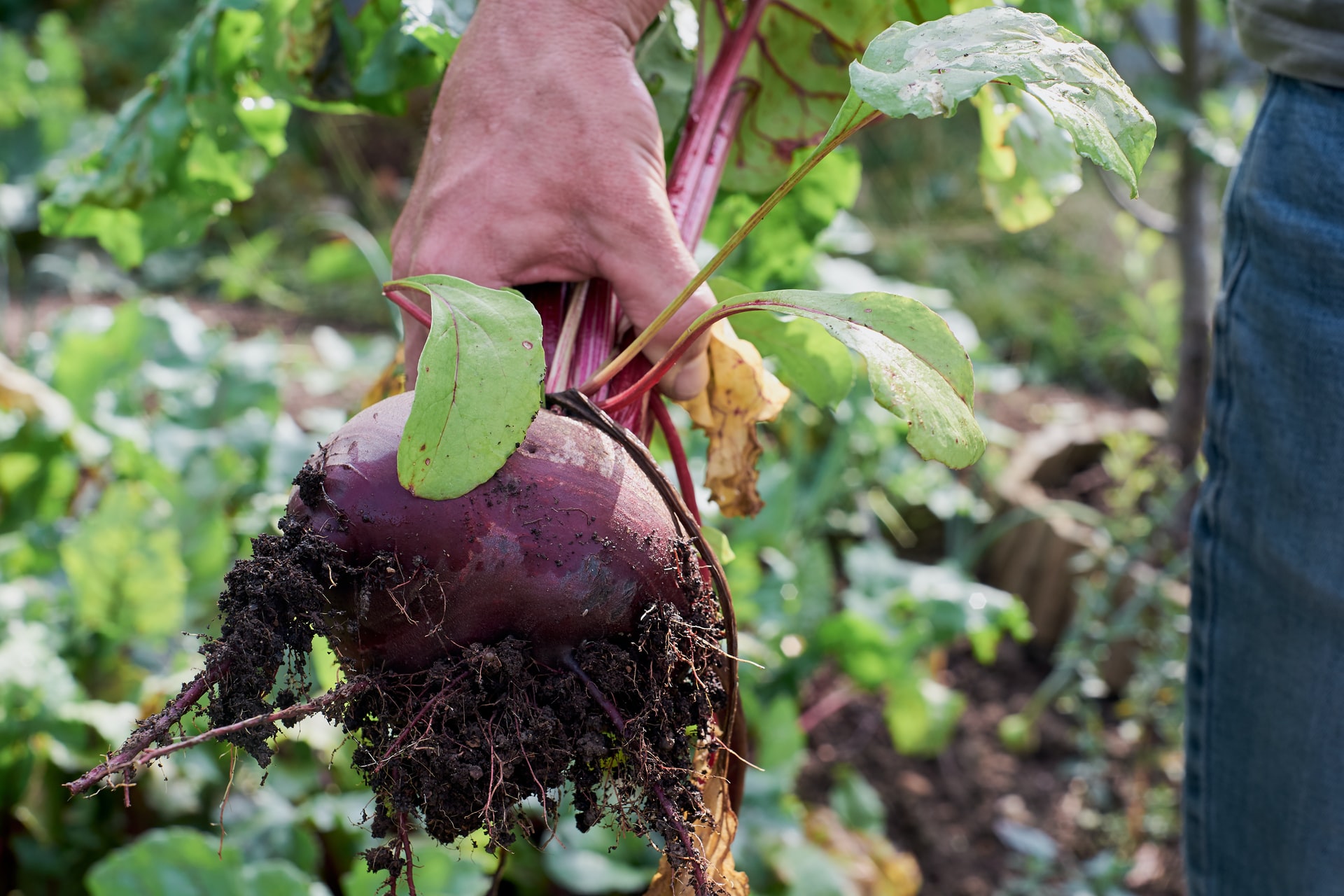
Reducing the mileage our food travels is another important way to help the environment.
- An area dedicated to growing vegetables is an easy and fun way to get the whole family involved in the garden.
- If you have a large garden and are a keen gardener, consider a space for a greenhouse and vegetable patch or if you have a small space even one or two well planned raised beds can produce enough veg for an average sized family.
- Recycling green waste is an easy way to create a nutrient rich compost for your planting beds and it is a way of reducing the amount you buy from garden centres. Setting aside a small area in the garden for composting is a great envrionmental choice.
4. Add wildlife friendly features
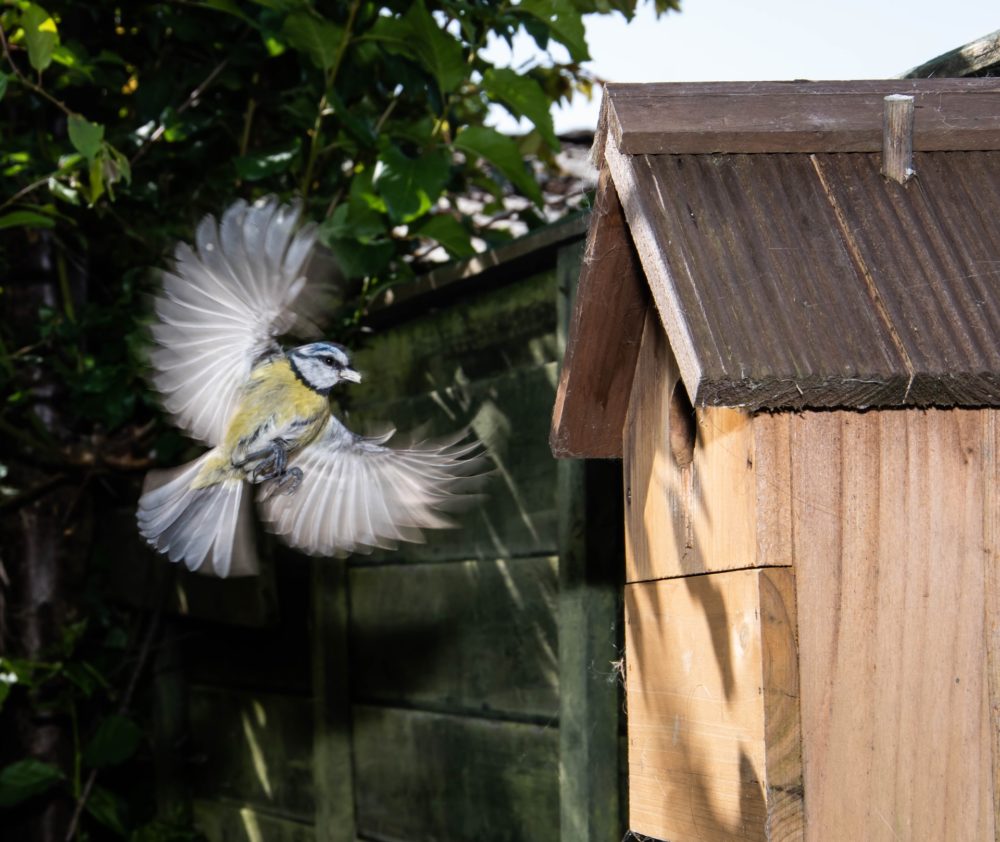
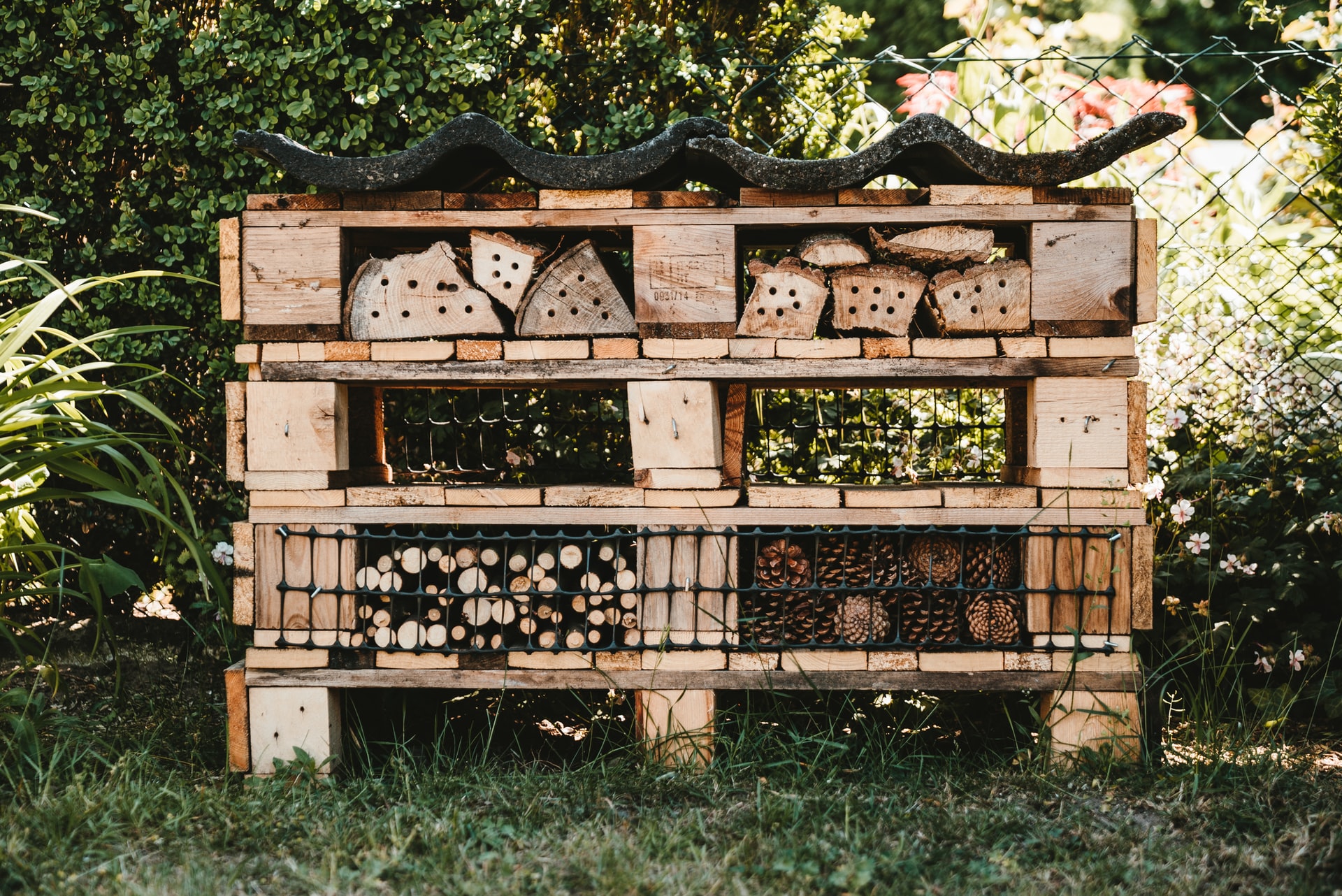
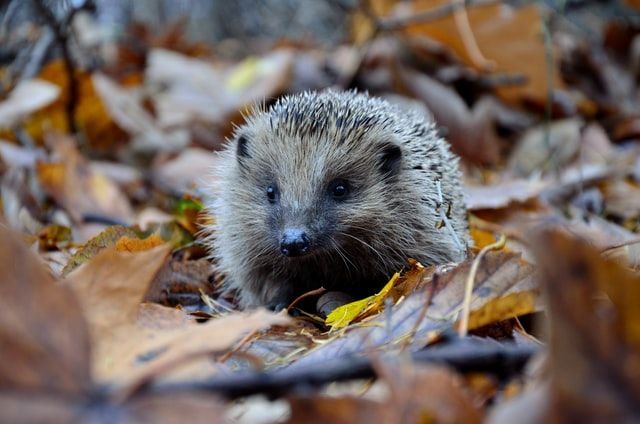
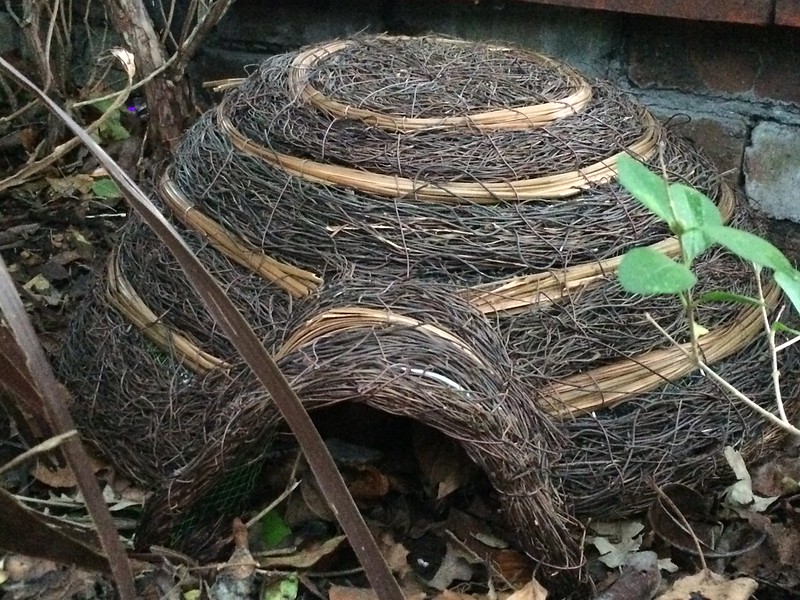
Adding wildlife friendly features into your design will create visual interest and will also encourage a wide variety of wildlife into any sized space.
- Add bug and bird boxes to trees and fences.
- Add a water feature and bird feeders to attract birds.
- Provide a safe haven for hedgehogs with a hedgehog hut.
- Place an upturned pot in a shady site for frogs.
- Create a small (or large) pond area.
5. Go a little wild
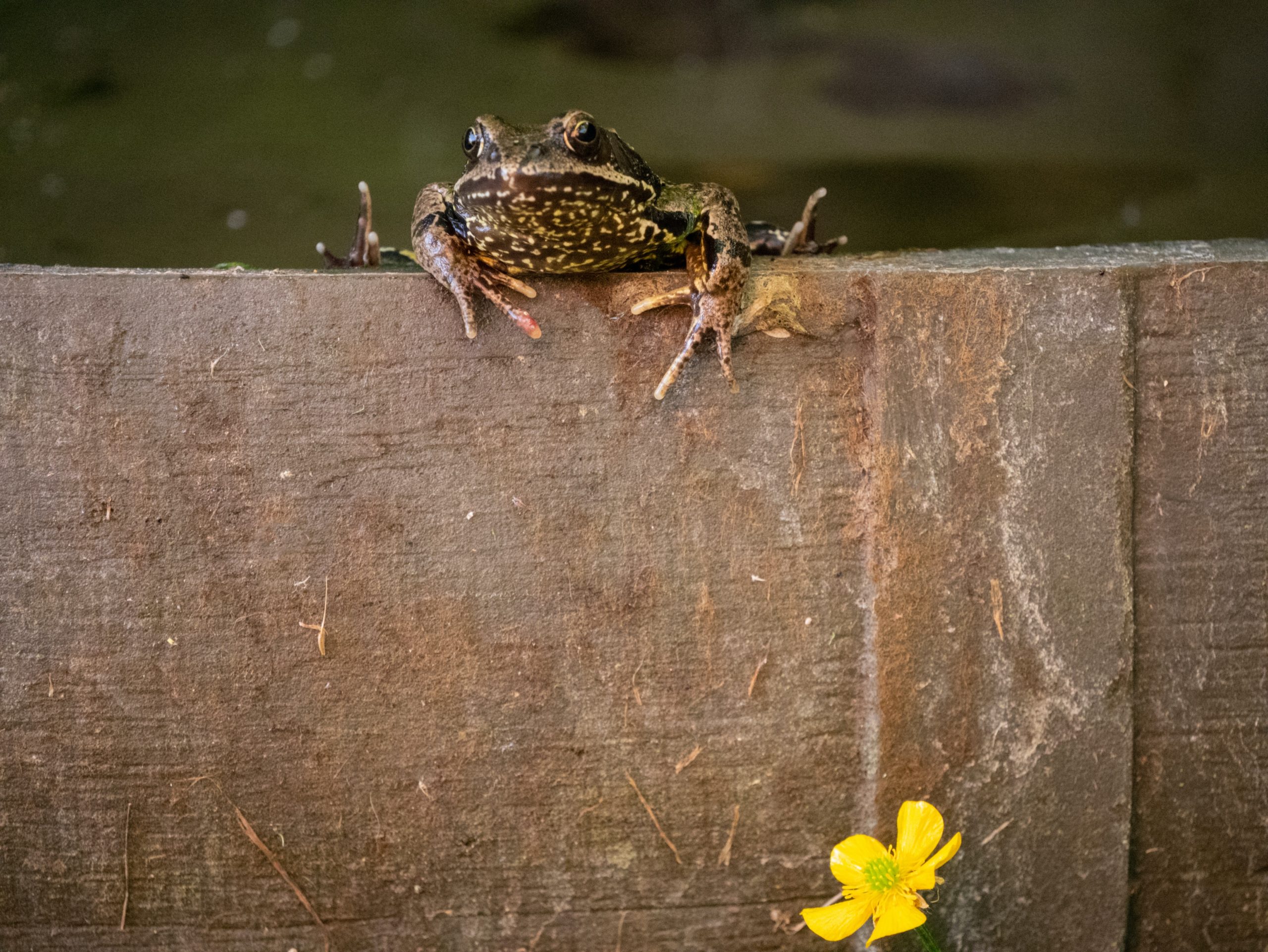
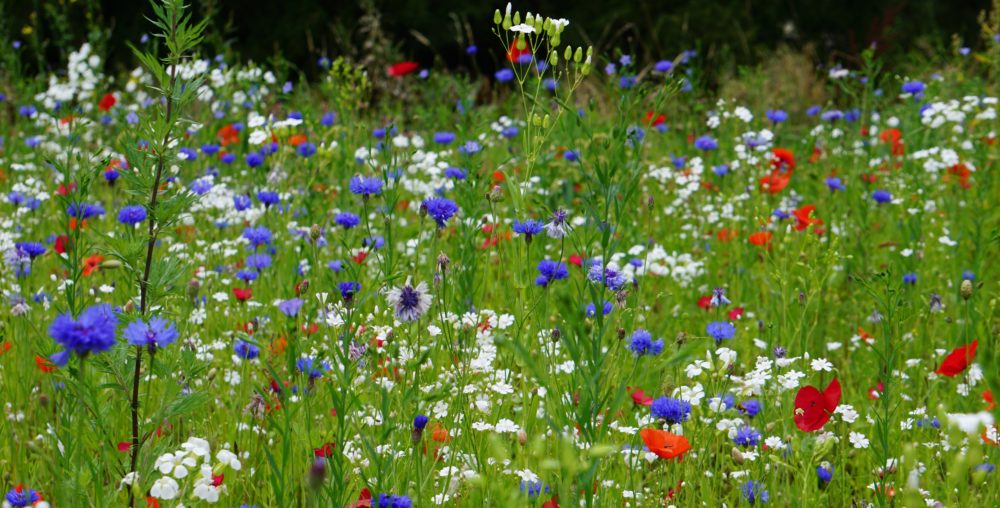
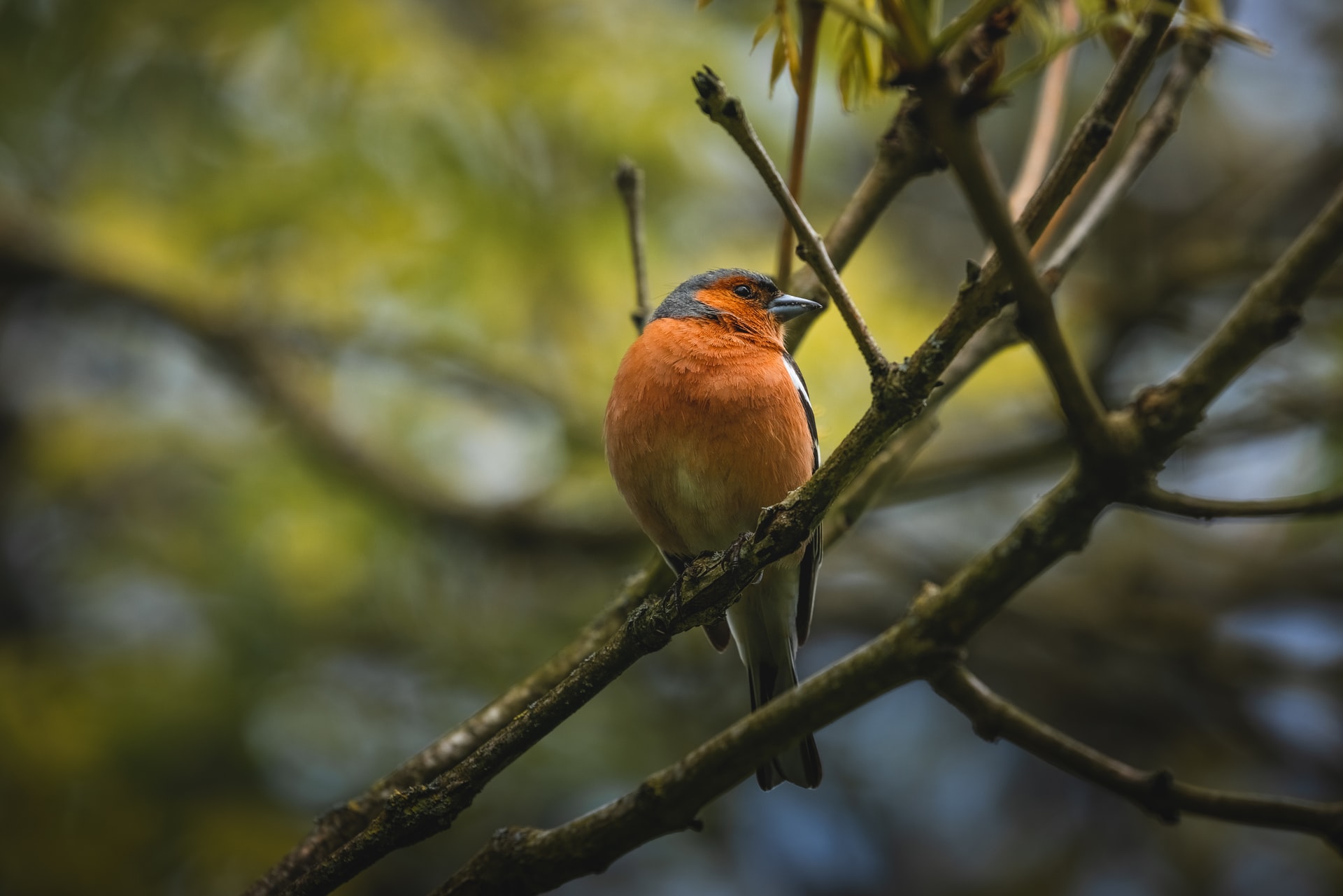
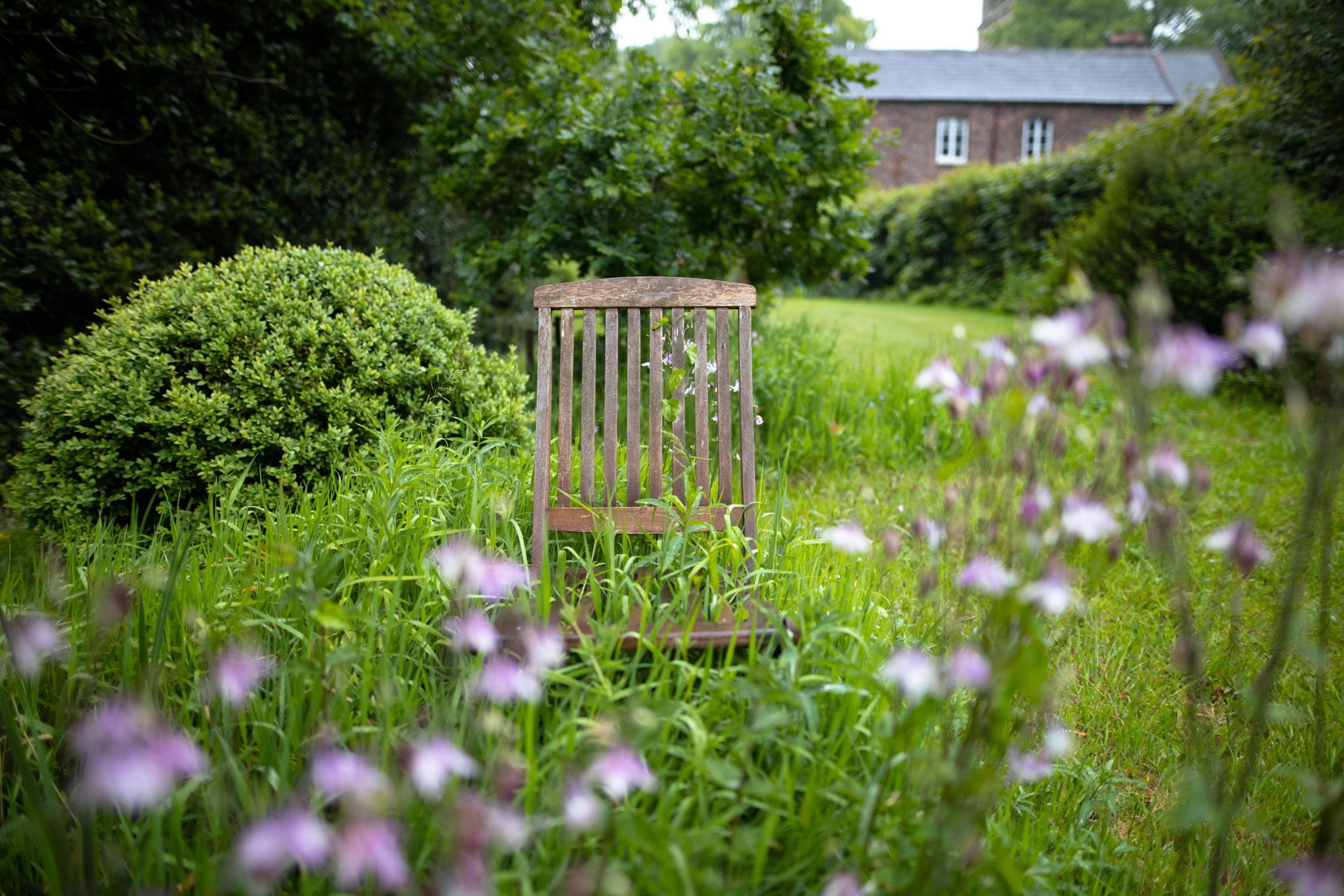
Consider creating a ‘wild’ area of the garden – the perfect habitat for encouraging wildlife into your space. Here are a few ideas:
- Install and plant green roof on your shed.
- Set aside a ‘meadow’ area of lawn.
- Simply leave a small area of unmown grass.
- Gather some logs and leaves together in a sheltered corned and let nature take over a bit.
6. Choose wildlife friendly plants
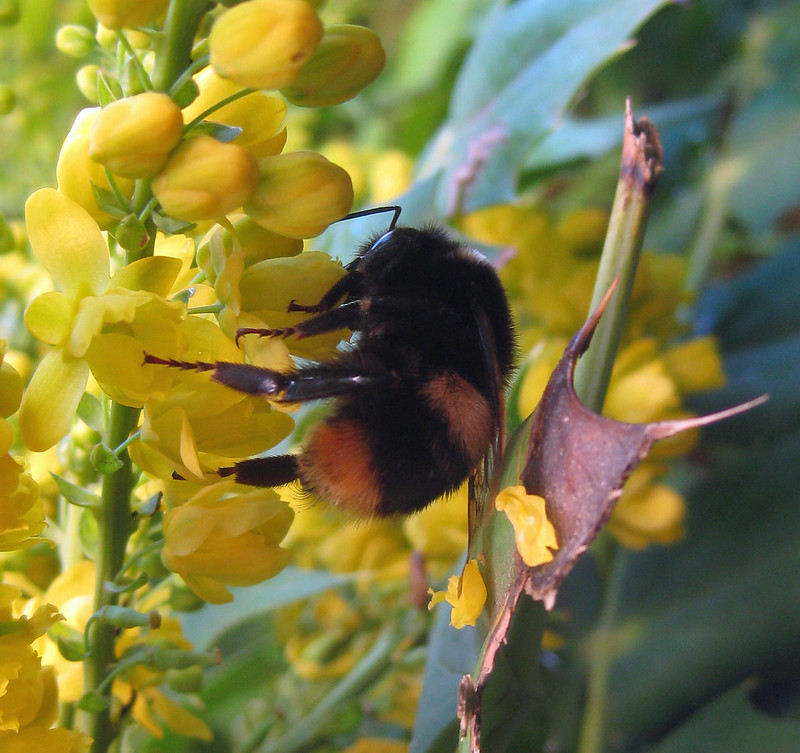
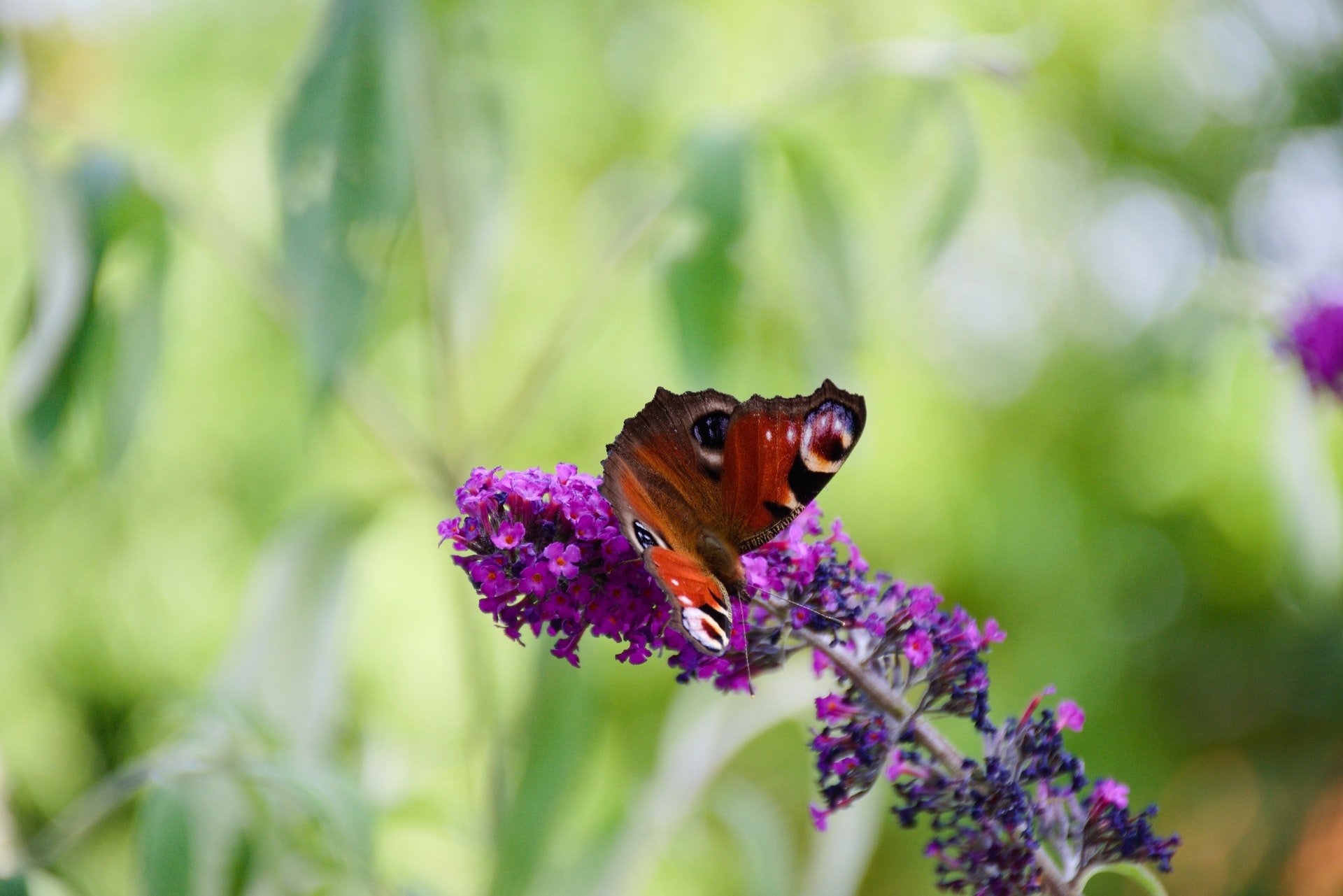
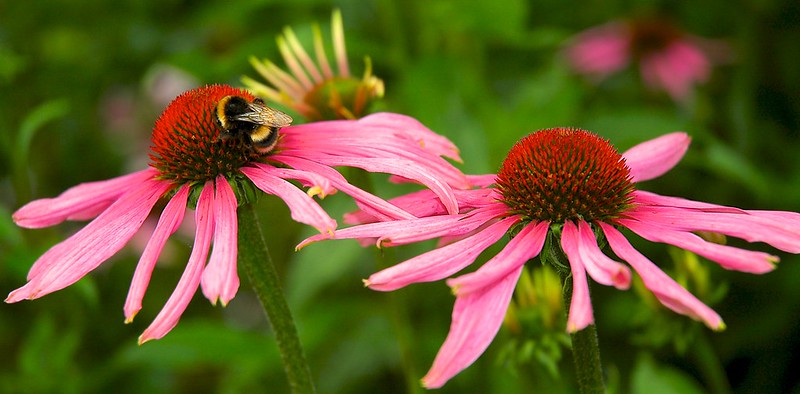
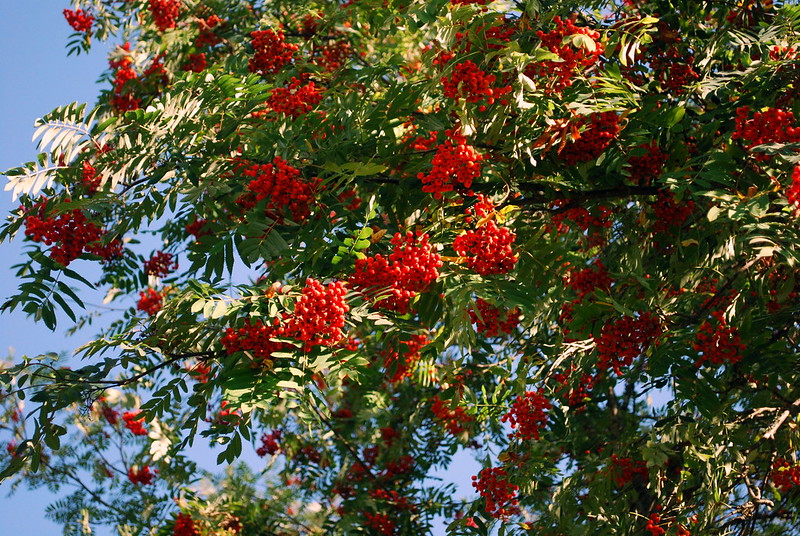
Increasing areas of planting within a design will instantly increase biodiversity in your garden and make it more environmentally friendly. By having a planting plan with wildlife in mind you will be providing a vital habitat for your local wildlife. Consider adding:
- Trees and hedging – providing a home and food for wildlife.
- Herbaceous varieties that have a long flowering period – providing vital nectar and pollen for insects.
- Shrubs with winter berries – providing food for wildlife in the winter months.
- More native varieties – these support significantly more wildlife than non-native species. They are also adapted to the local climate and soil type and so will require less watering and added fertiliser.
If you aim to have something in flower every month of the year, as well as adding seasonal interest to your garden, you will be helping provide pollen and nectar in the months when it is scarce, thus supporting a whole host of insects and the wider food chain.
There are a huge number of plants which encourage birds, bees and butterflies, you could start by looking out for the RHS ‘Plants for Polinators’ badge on the plants you buy. For more information and plant lists, visit the RHS website here.
Photo Credits
“Echinacea” by Rum Bucolic Ape is marked with CC BY-ND 2.0; “Water Butt” by Phil Bartle is marked with CC BY 2.0; “Abelia ×grandiflora – ‘Glossy Abelia’” by Tatters ✾ is marked with CC BY 2.0; Lavandula angustifolia; “Sedum spectabile ‘Brilliant’ (Stonecrop) Photo by F.D.Richards, SE Michigan, 9/2020” by F. D. Richards is marked with CC BY-SA 2.0; “Eryngium alpinum” by peganum is marked with CC BY-SA 2.0; Blasenesche (Koelreuteria paniculata)” by blumenbiene is marked with CC BY 2.0; Photo by CDC on Unsplash; Annie Spratt on Unsplash; Neslihan Gunaydin on Unsplash; Dan Gold on Unsplash; Rasa Kasparaviciene on Unsplash; Pete F on Unsplash; Mika Baumeister on Unsplash;Piotr Łaskawski on Unsplash; “Hedgehog Habitat/House/Home” by Dark Dwarf is marked with CC BY-ND 2.0; Photo by Geraldine Dukes on Unsplash; Sarah Kilian on Unsplash; Andy Holmes on Unsplash; Jonathan Farber on Unsplash; “November Bee on Mahonia” by D H Wright is licensed under CC BY 2.0; Stephan H. on Unsplash; “Echinacea” by Rum Bucolic Ape is marked with CC BY-ND 2.0; “Rowan berries” by Dave_S. is marked with CC BY 2.0